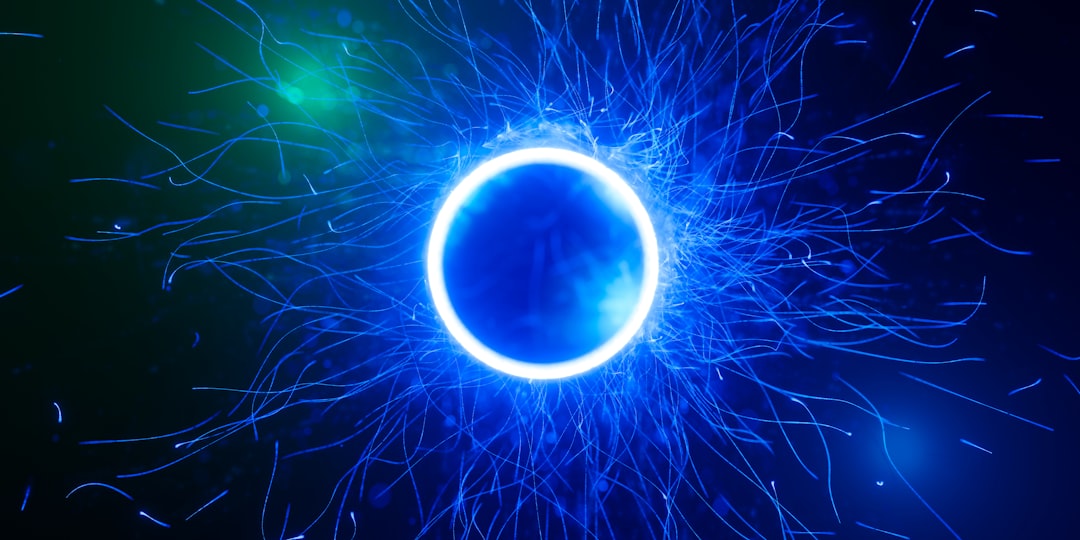What is it about?
Have you ever wondered why cell phones lose signal inside an elevator car? Electric fields transmitted into a metallic enclosure are screened by the Faraday effect, which also poses a problem for state-of-the-art atomic detectors that use lasers to measure the response of alkali vapor to low-frequency E-fields. We have invented a way to calibrate the unwanted Faraday screening caused by the metallic layer that forms inside glass vapor cells filled with alkali atoms, enabling sensitive measurement of weak, low-frequency signals in free space.
Featured Image

Photo by LaserWorld LaserBeam on Unsplash
Why is it important?
Low-frequency E-fields play a role in a wide range of applications. They can be used for underwater communication, they can affect biological organisms, and they might even be associated with geological activity before an earthquake. However, they are challenging to detect with conventional antennas, which are most efficient when built slightly smaller than the wavelength they are receiving. While a cell phone antenna that can fit in your hand is about the right size for the gigahertz range, the 60Hz E-field given off by household power lines would require an antenna hundreds of miles long for efficient detection. Atom-based detectors take a radically different approach, using lasers to sensitively measure the response of an atomic gas to weak, low-frequency E-fields. Using such a device, we harness the well-understood rules of quantum mechanics to determine the amount of Faraday screening across the low-frequency spectrum, in effect turning a vapor cell into a sensor that can the measure the absolute E-field amplitude originating from distant sources.
Perspectives
This work was carried out by a group of undergraduate physics majors at Rowan University. We were originally curious about the fundamental response of atoms in a glass cell to multiple laser beams, but were quickly led down an interesting path with clear practical consequences. It is a perfect example of the interdependence of basic and applied science. Useful applications often arise from studies initially motivated by curiosity, rather than practical considerations.
Michael Lim
Rowan University
Read the Original
This page is a summary of: Kilohertz-range electric field calibration in an alkali vapor cell using time-averaged Stark shifts, Applied Physics Letters, July 2023, American Institute of Physics,
DOI: 10.1063/5.0153752.
You can read the full text:
Contributors
The following have contributed to this page










